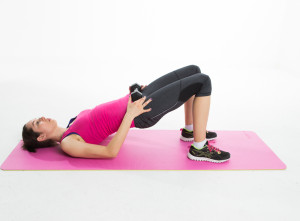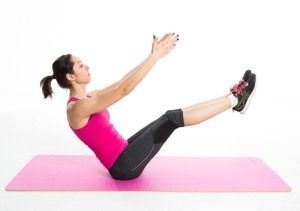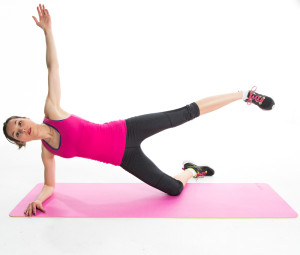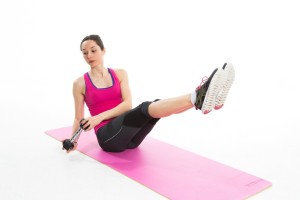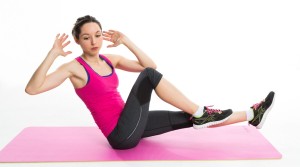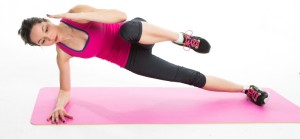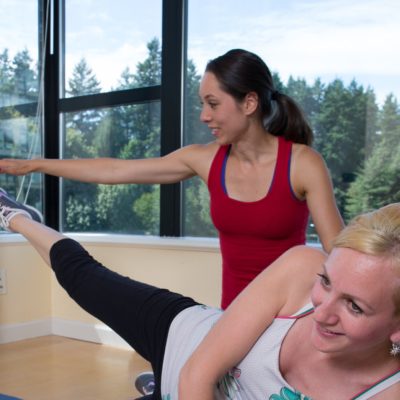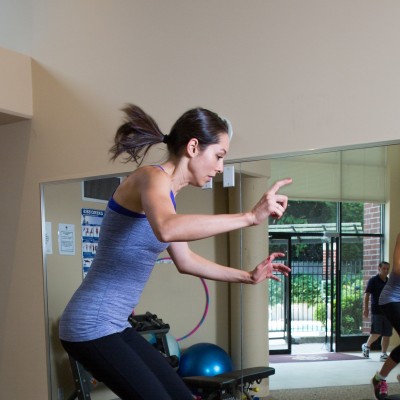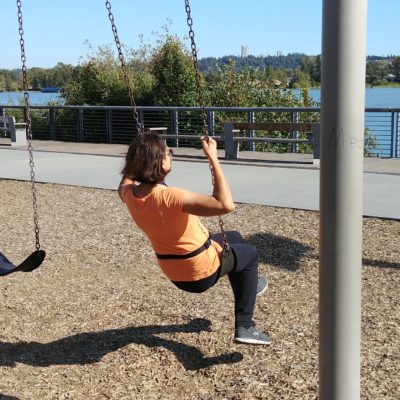Working your core is a crucial part of any exercise routine. A strong core makes you more durable and less prone to injury. It helps with balance, coordination and everything else athletic. However, training your core is a little different than training a lot of your other muscle groups because while your other muscle groups help you lift, push and pull things, your core serves a different purpose. Sure, it too helps your spine flex, extend, twist and bend side to side, but the true function of the core is to stabilize your body while you do other exercises.
Learning how to engage your core is the first building block in learning to effectively train it because it allows you to understand the movement in your body, as well as how to use the breath to connect to the deep abdominal muscles.
But while you’re working on that, there are other things you can do and ways you can train. In this article, I will go over the different ways you can train your core.
Isotonic exercises
Isotonic is a fancy name for “movement”. Isotonic exercises are exercises where you “do” something. Your muscles shorten and then lengthen. There is an up phase and a down phase to the exercise.
These are the most simple and basic core exercises. They work with the action that the muscle does or is responsible for in the body.
- Rectus abdominis does spine flexion, so to work it, we do a crunch
- Erector spinae does spine extension, so to work it we do back extensions
- Obliques are responsible for trunk twists so to work them we do the bicycle
These exercises are great for a beginner, as they are simple, and most of us know how to perform them safely. A beginner will surely feel these, but before long, on their own they will no longer be enough to continue giving results. As one gets stronger, it’s important to start adding weight to these exercises so they continue to pose a challenge. Or (and this is the better option) move on to isometric exercises.
Isometric exercises
The definition of isometric is that there is no change in the length of a muscle. That is, you are holding a pose or a move. Most people think of yoga when they think of isometrics, and indeed, a lot of these moves are inspired from yoga.
An example everyone surely knows or has even attempted at some point is the plank. When doing the plank, all you have to do is hold it. Sounds simple enough. But if you’ve attempted the plank you’ll know it’s nothing but simple. Often, a mere 30s is enough to bring you to your knees. Literally!
Isometric exercises are tough but awesome! Because they work the core in the way it was intended to be worked: as a stabilizer muscle. Isometric exercises also help with balance and body coordination. Balance is such an important and often overlooked aspect of fitness. It’s not just about being strong. If standing on the bus will make you flounder, something is weak in your body (probably your core). Often isometric exercises involve removing one base of support: standing on one leg for example, again, challenging one’s balance.
Here are a few of my favorite isometric exercises:
Combining isotonic and isometric exercises
By far, combining isometric and isotonic moves is the best way to train the core because it essentially turns a core exercise in a full body exercise, forcing your muscles to work together, or synergistically. You burn more calories and you’ll feel them in no time.
Combo moves involve holding a pose while also doing a moving exercise. A great example is a Russian twist, pictured below, where your feet are off the ground and your arms are moving from side to side. You’re working your whole core because your feet are off the ground and your obliques even more so because of the side to side move. But wait, there’s more: you’re also working your shoulders, holding a weight in your hand, and your hip flexors because they need to hold your feet off the ground. This exercise alone leaves the ab crunch in the dust! Think of what you could achieve if you always trained this way!
Here are a few of my favorite exercises combining isometrics and isotonic moves:
Summary
When training your core, it’s important to think of it as a stabilizer muscle primarily and train it accordingly, focusing on isometric moves, or exercises that combine isotonic and isometric moves. Exercises like the ab crunch are ok in the beginning, but variety is key!
In my workout programs I love combining all of the 3 exercise categories above as they each serve a purpose. It’s always important to train the body in a variety of ways so you continue to challenge yourself and keep your body guessing.
About me
After being skinny unfit for the majority of my life, I discovered fitness by accident after having my daughter. A couple of years later, I started Tone Every Zone out of an overwhelming desire to help other busy individuals juggle a hectic lifestyle while staying active. My mission is to teach people about fitness and work with them as a team to make long lasting lifestyle changes. My personal values include being professional, honest and transparent in all of my doings but also being funny and silly because that’s what makes life (and your training sessions) fun! To learn about how I can help you reach your fitness goals, don’t hesitate to get in touch.

